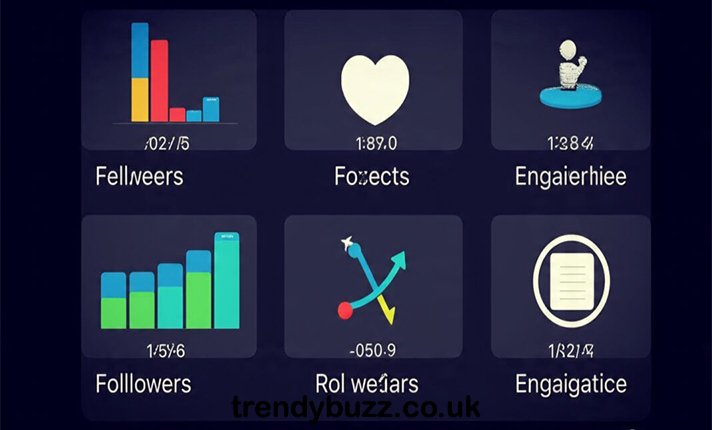Introduction
BounceMediaGroup.com approaches social metrics from a practical point of view. Rather than treating follower totals as the final score, the site frames social statistics as signals you can act on. That perspective nudges teams to ask what their numbers say about content fit, timing, and whether social activity actually moves people toward a business goal.
Why social stats matter
It is easy to confuse visibility with value. Impressions tell you how often content appeared in feeds. Reach tells you how many unique people saw the content. Engagement rate measures whether people reacted, commented, or shared. Conversion metrics show whether those interactions produced a measurable result, such as a newsletter signup or a sale. Separately, none of these metrics prove success. Together, they outline a cause and effect you can optimize.
What the site emphasizes
Bounce Media Group focuses on interpretation and action. The content leans toward explaining which metrics should trigger specific steps: change creative, test a different call to action, or refine audience targeting. That approach is useful for teams that need clarity rather than theory. The writing is practical, aimed at helping marketers run simple experiments and measure whether changes actually move a KPI.
Channels and presence
A sensible social measurement strategy recognizes that different platforms serve different purposes. One network might be stronger for awareness, another for direct response. Bounce Media Group encourages consistent definitions across channels so that comparisons are meaningful. Keeping measurement consistent makes it possible to decide where to invest creative effort and budget with greater confidence.
How they present metrics
Typical recommendations center on a limited set of high-value metrics: engagement rate, reach versus impressions, click through rate, and conversion events. Each metric is tied to an action step. For instance, if reach is strong but click rates are low, the next action is to test landing pages or refine the call to action, not simply to post more. The emphasis stays on experiments that produce clear signals.
Strengths and opportunities
A strength of the material is the drive to make metrics actionable. Many resources explain what to watch. Fewer explain how to test changes and interpret results. Where the site could add more value is transparency. Publishing anonymized examples, dashboard snapshots, or repeatable case studies would help potential clients assess scale and maturity before a sales conversation.
How to validate social claims
If a vendor highlights social success, ask for redacted campaign reports with before and after KPIs. Request a clear description of the methodology and whether UTM tags, event pixels, or server side tracking were used to connect social activity to conversion events. Independent estimates can help for context, but native analytics and tagged tracking are the source of truth for attribution.
Metrics that matter for brands
Prioritize growth rate over raw follower counts and engagement rate over absolute reaction totals. Focus on conversion metrics that align with your business goals, and supplement quantitative data with qualitative signals such as sentiment and share of voice. The most persuasive reports show a path from awareness to action, not just spikes in impressions.
A simple 90 day starter plan
If you are testing a new social partner or strategy, use a short, accountable plan. First, collect a 90 day baseline from native platform analytics. Second, identify two testable hypotheses, such as changing posting cadence or switching a format to short video. Third, run each change for 30 days while measuring the same KPIs. Finally, review outcomes, keep what worked, and document the playbook for reproducibility.
Limitations to watch
Public-facing summaries are great for orientation, but they cannot replace access to campaign-level data. Third party tools provide directional insight but vary in precision. Ask for read only access to dashboards when possible, or request redacted reports that show raw numbers alongside the agency’s interpretation. Also be clear about how attribution is handled so you can trust which channel receives credit for conversions.
Practical questions to ask a prospective partner
When you talk with an agency, be specific. Ask for a sample audit that includes methodology and a redacted example of results. Ask how often they report, what level of granularity they provide, and whether they will include recommendations that an internal team can replicate. Check references to understand whether insights translated into measurable improvements for similar clients.
Why this matters
Measurement is how you hold a partner accountable. A vendor that demonstrates a reproducible process and provides anonymized evidence is easier to evaluate and more likely to deliver predictable results. Practical explanations are great, but they only become useful when paired with reproducible evidence that shows changes led to better outcomes.
Conclusion
BounceMediaGroup.com positions social statistics as a route to better decisions rather than a collection of vanity metrics. The material is practical and experiment-driven, which helps teams turn data into action. Still, standard due diligence remains essential. Ask for anonymized examples, a clear measurement plan, and a short test engagement so you can see whether the numbers they report actually move the needle for your business.
